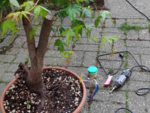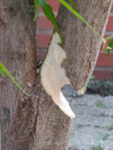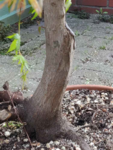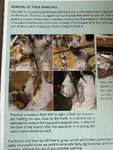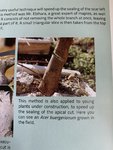leatherback
The Treedeemer
Over the weekend I spent a bit of time getting rid of a major junction on one of my new maples. I received the feedback on fakebook straight away that the trunk would die-back to the roots after the work I did. I was thinking: The whole tree is now actively pushing sugars, nutrients and water around. So it will now respond quickly and start working on callus, rather then die-back. What are your thoughts?
